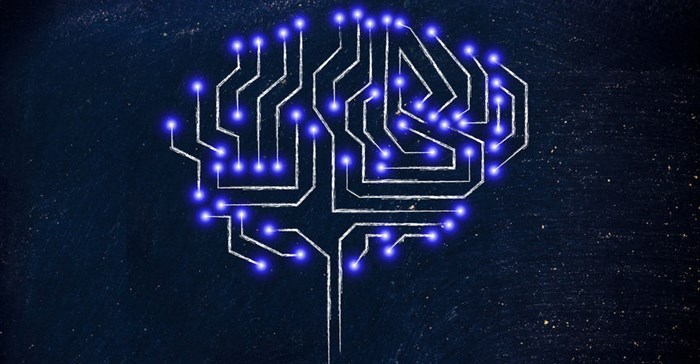
Cognitive tasks – the things that our brains do, rather than our hands – have tended to remain the province of humans for longer than manual tasks. Even today, in spite of the great strides made in artificial intelligence, the gap between the human brain and computers is still very profound in certain domains of cognition. This should hardly surprise us; the human brain is the most complicated entity in the universe as we know it.
But it’s not a one-sided contest. There are several cognitive tasks that are done better outside the brain. For example, remembering. Human memory is notoriously unreliable, patchy and prone to degradation over time. Humans recognised this tens of thousands of years ago and began documenting memories and experiences, pictorially at first, then through hieroglyphs – a stepping stone between pictures and writing – then the written word. We know we knew this long ago because so many of those early records endure to this day, in the form of cave paintings, stone tablets, parchments and the like, long after the memories have faded.
Counting is another area of cognition that we delegated long ago. The abacus dates back more than 2,200 years, and its evolution to the modern day computer, via logarithmic tables, slide rules, counting machines and electronic calculators, is easy to track. Today’s supercomputers are quadrillions of times faster than humans in any number of counting tasks and in this respect, the cognitive contest is very heavily one-sided in favour of the machines.
But what about those areas where humans still have the upper hand today, such as the more complex and subtle human interactions? Politics. Philosophy. Love. The sorts of things that don’t readily lend themselves to being captured in numbers. Are computers ready to challenge humans in these areas?
The first job for a computer intended to contribute in these domains is to understand the principal medium in which humans communicate. We call it language. Natural language to be more specific, and to differentiate it from the many forms of ‘artificial’ language that humans created to enable machines to communicate with each other.
And we’re not just talking about the ability to translate words or recognise synonyms. We’re talking about the ability to use language the way a fluent human speaker does. That requires a deep understanding of the mechanics of language, grammar, syntax, idioms and so on – something most humans take for granted even if we do not realise that this knowledge is tacitly coded into our brains.
Once it becomes possible for a machine to take in, and give out, information in the same way humans can, it opens a world of possibilities. This capability, we call it natural language processing or NLP, is one of the cornerstones required for computers to compete on human terms. Which is why IBM Watson, the supercomputer that famously beat human contestants in the US TV show Jeopardy! in February 2011, is such a big deal. Watson represents a step change in the ability of machines to process natural language and allows this machine to accomplish what has never before been possible outside the realms of science fiction.

Watson’s NLP capabilities create the scope for huge improvement and value creation in most knowledge-based work. The key to unlocking the value of this technology is to determine which parts of any knowledge worker's job are still best left to the human, and which tasks would be better delegated to a machine.
Anywhere this can be done, the value creation can be multiplied by the number of humans who can be either augmented or redeployed to determine the total value that can be created. Tasks that involve reading or looking up information in a lot of text-based content are especially suitable for Watson, and business processes that include such steps are ripe for improvement with the interjection of Watson.
Where Watson can perform a task that previously required a human, the additional benefits of massive computing power – such as reading through millions of pages of text per second – can be brought to bear, to deliver the results at speed and at scale.
Watson’s NLP capabilities are helping to close the gaps between what humans and machines can do in cognitive domains. Of course there are still areas where the human brain has an advantage over machines, but one thing is certain – the gaps will keep getting smaller!